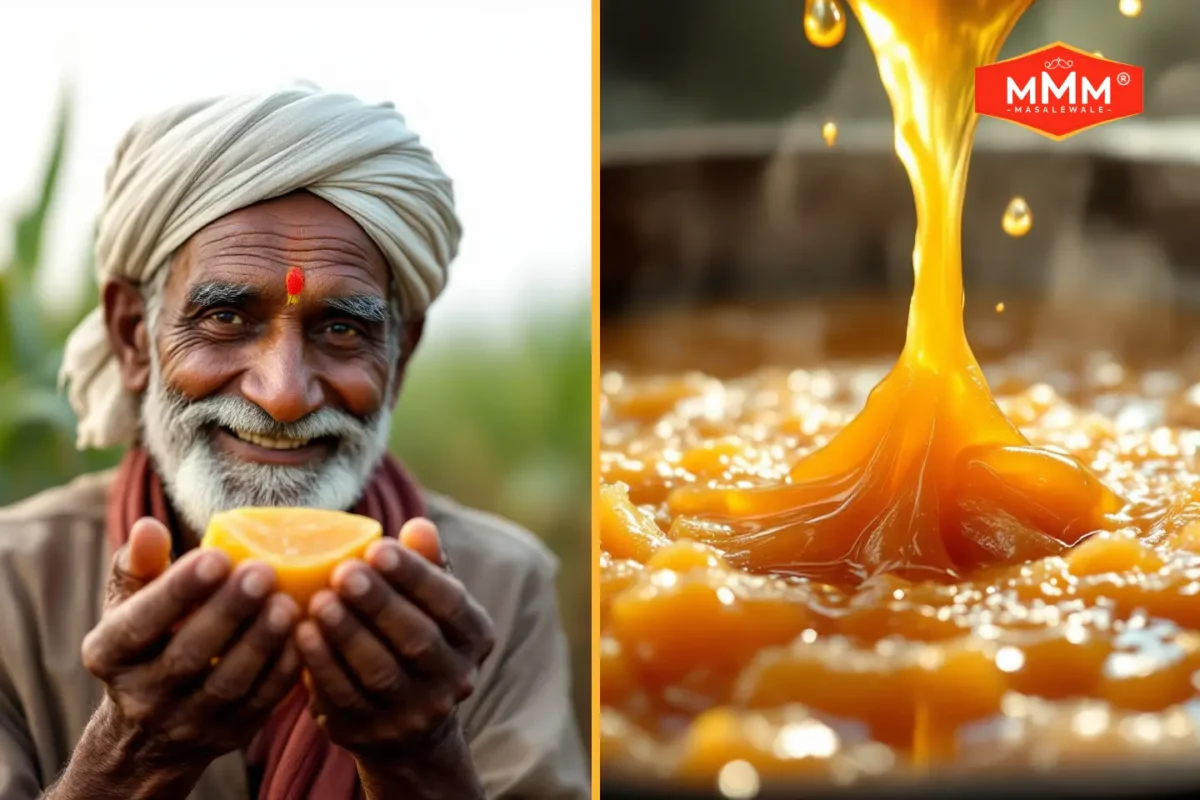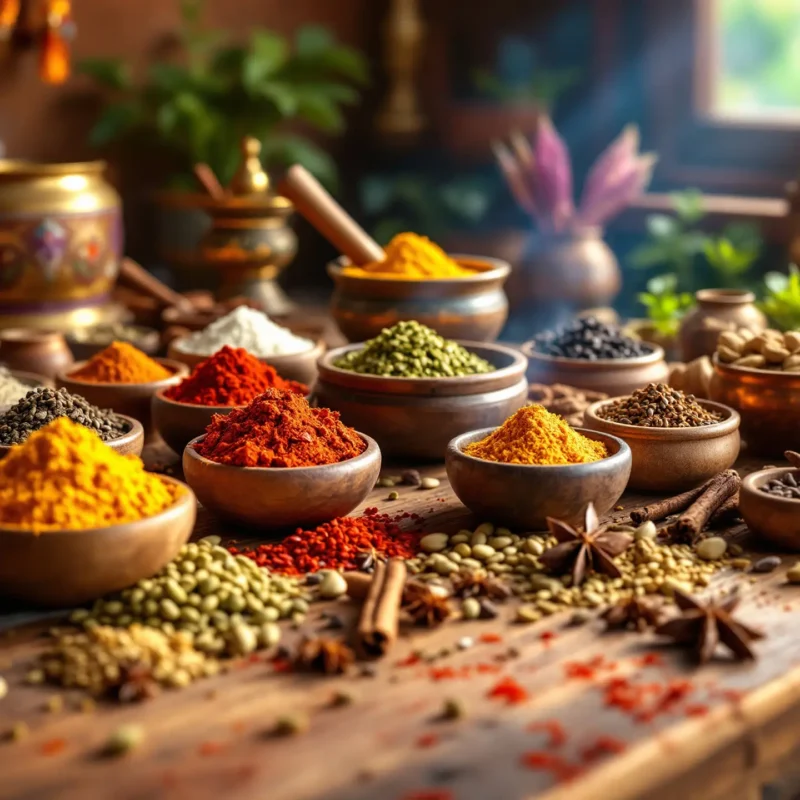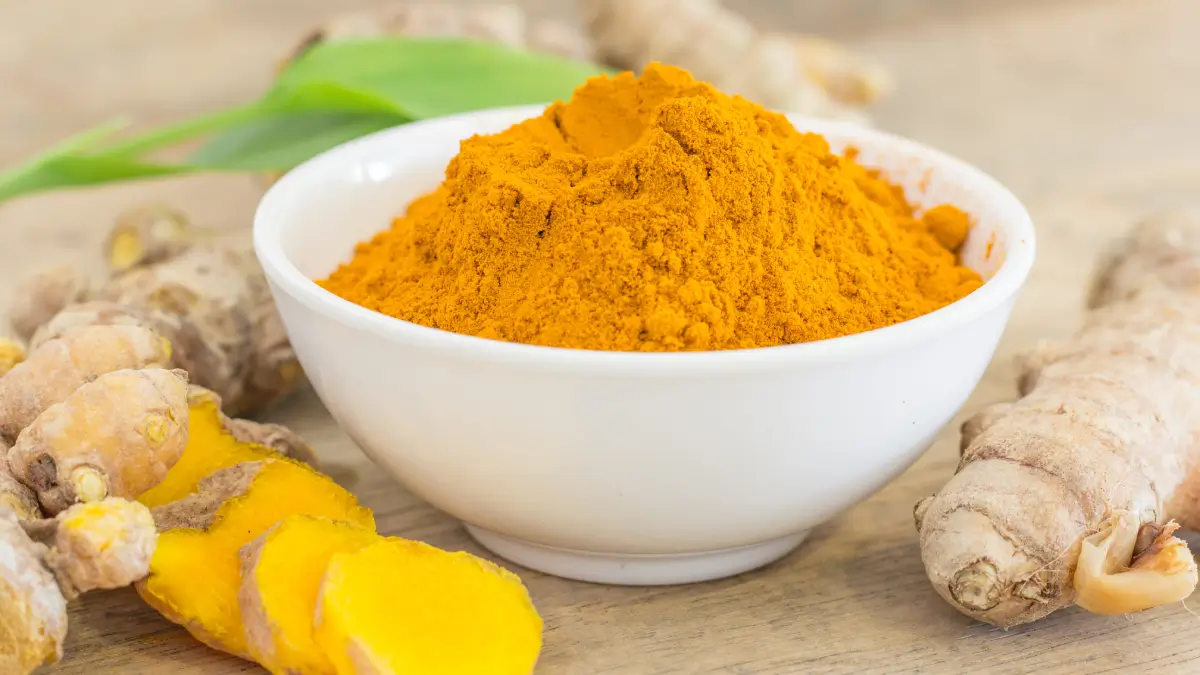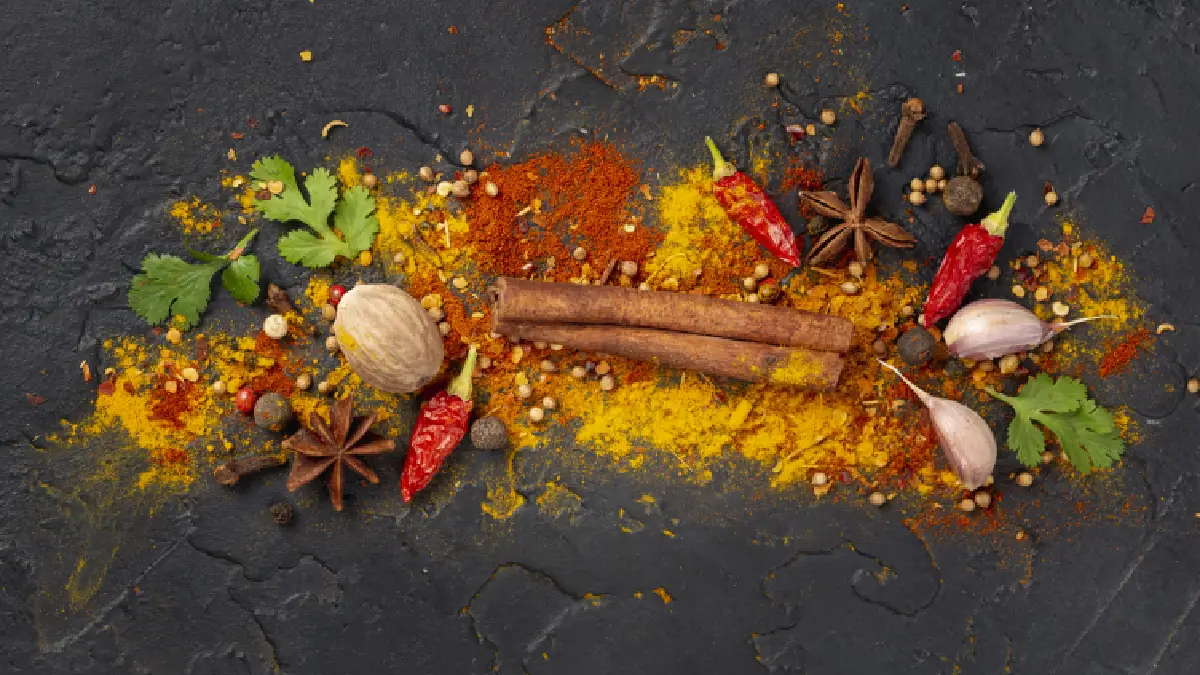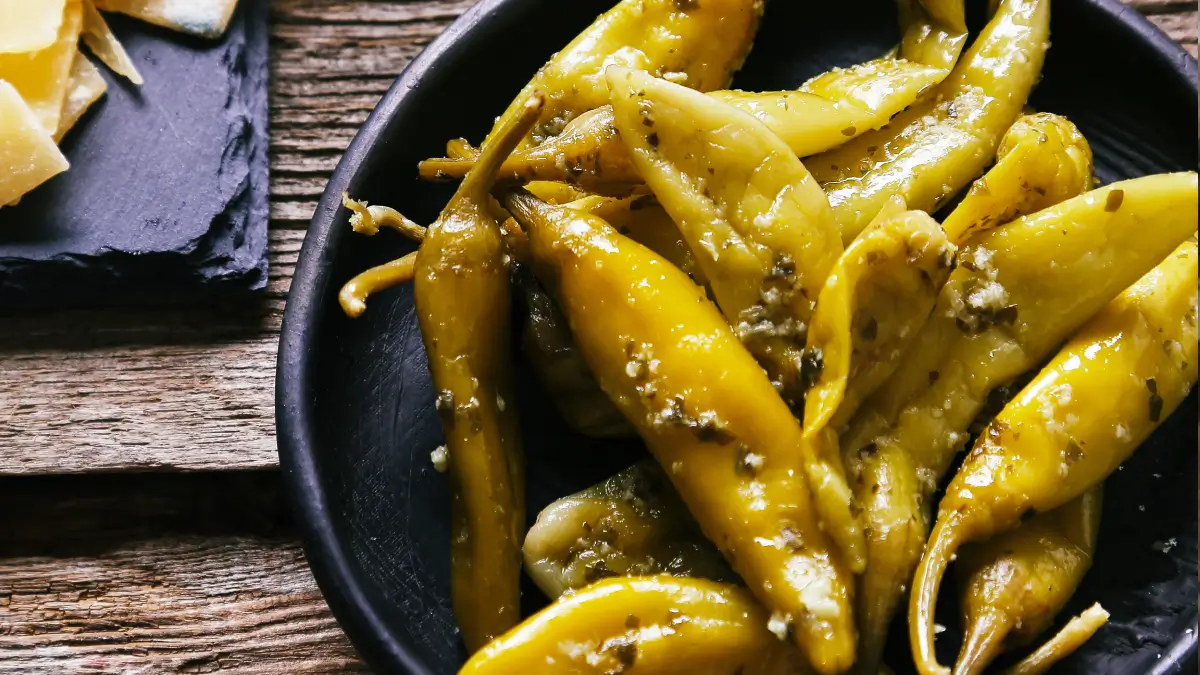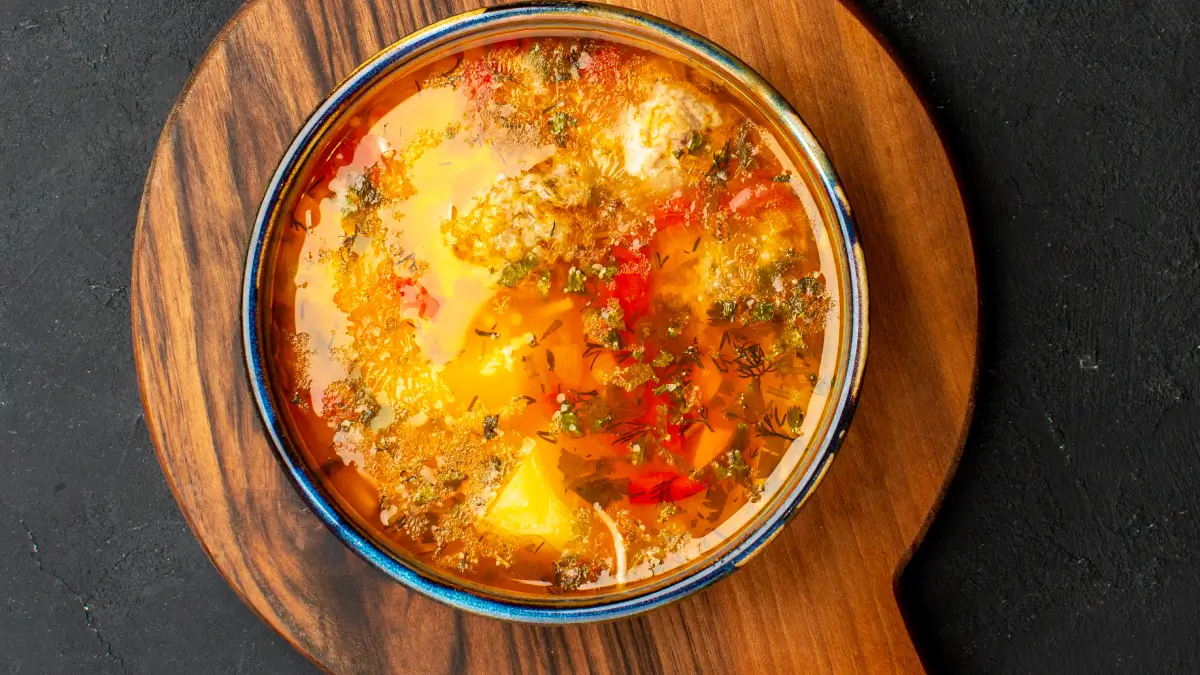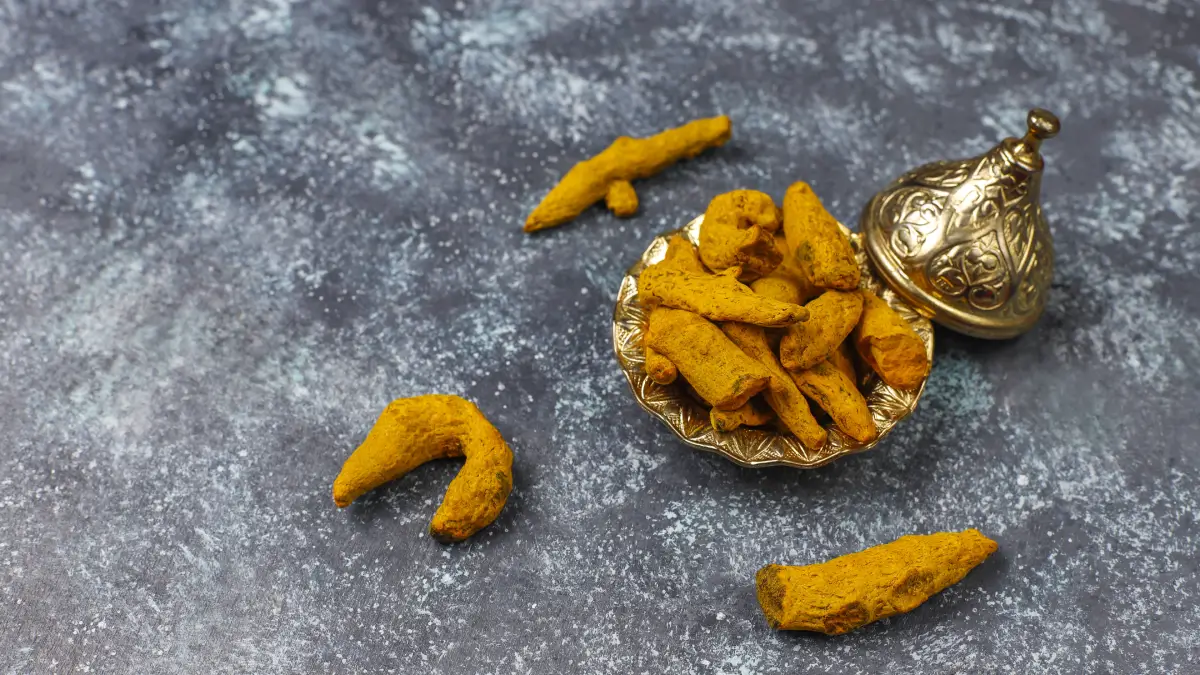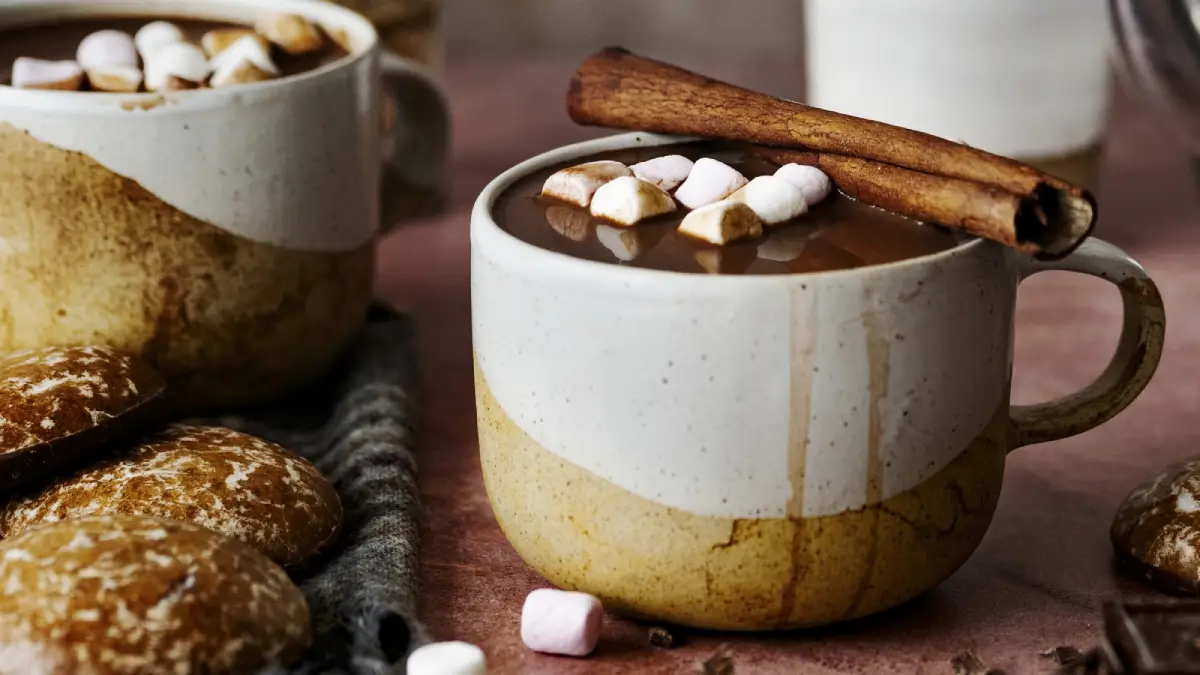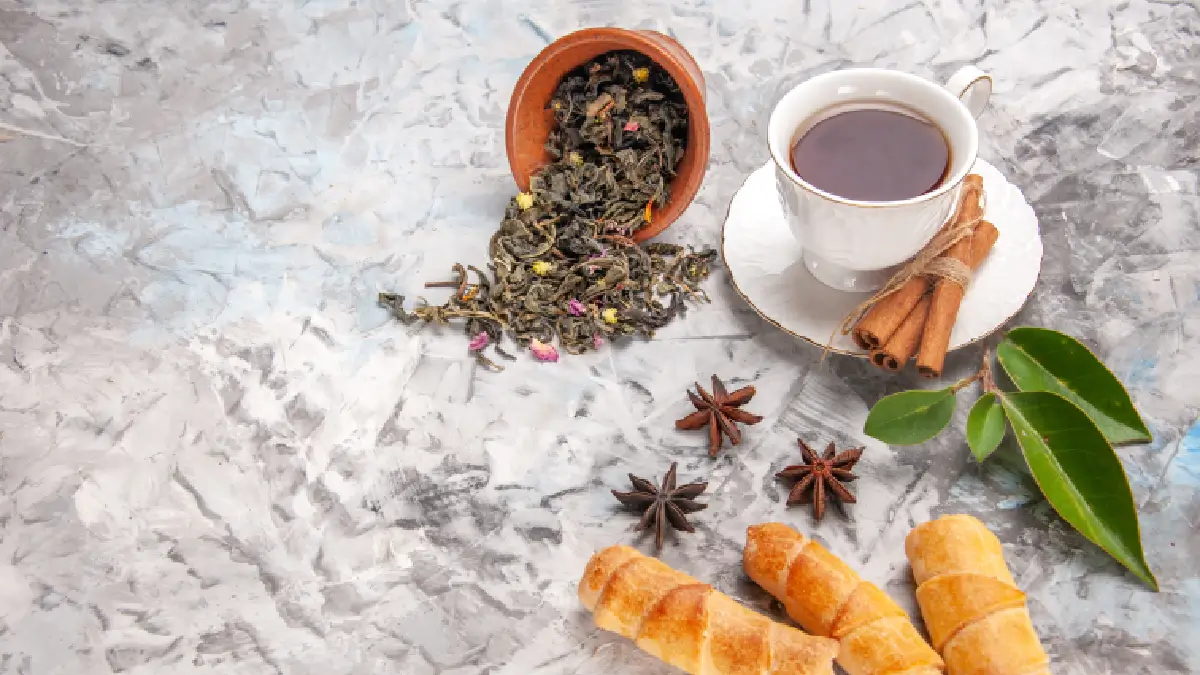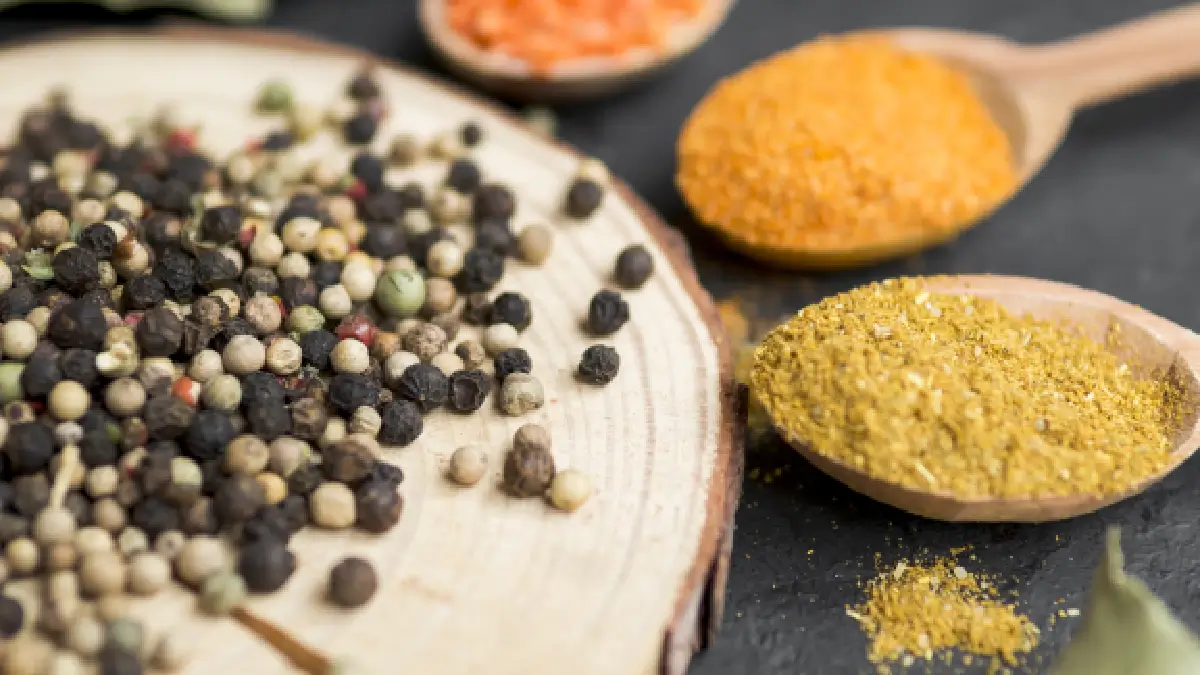Blog
Ensuring the Purity of Your Jaggery: A Comprehensive Guide
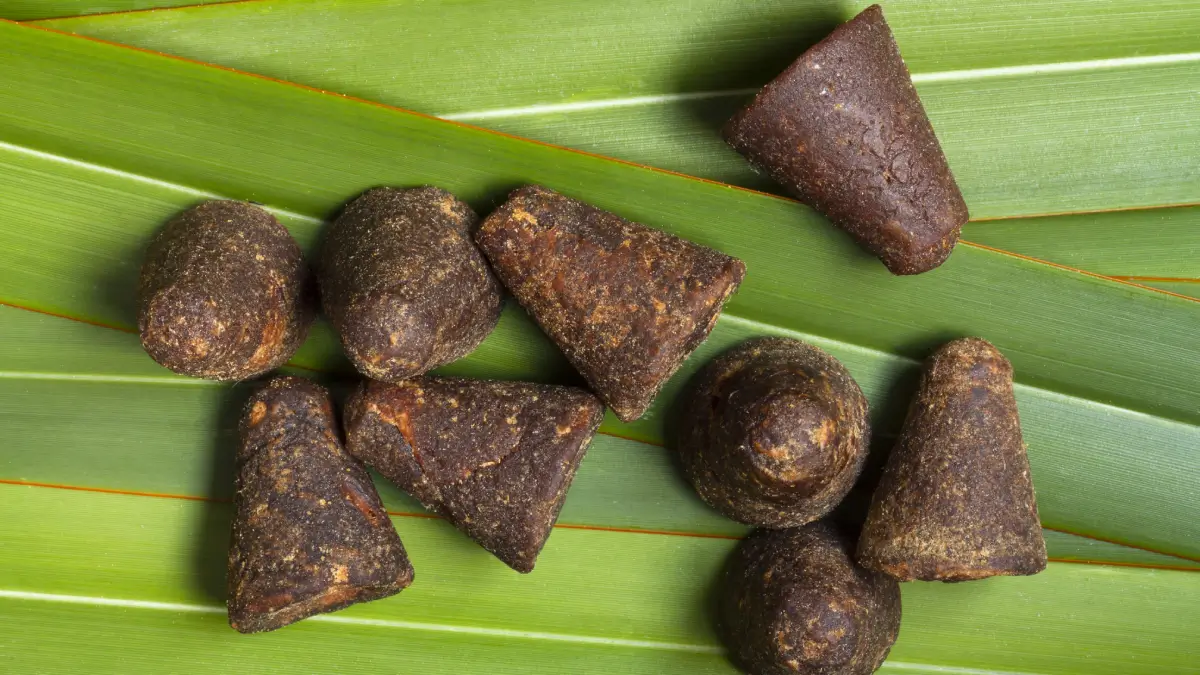
Jaggery, a traditional unrefined sweetener derived from sugarcane or palm sap, holds a cherished place in many cuisines due to its rich flavor and health benefits. However, the increasing demand has led to market adulteration, compromising its quality and nutritional value. Ensuring the purity of jaggery is essential for both health and culinary excellence.
Understanding Jaggery Adulteration
Adulteration involves adding substances to jaggery to enhance appearance, increase weight, or reduce production costs. Common adulterants include:
- Chemical Agents: Substances like sodium hydrosulfite are used to lighten jaggery’s color, making it more visually appealing but potentially harmful.
- Refined Sugar: Incorporating sugar crystals increases sweetness but diminishes jaggery’s inherent health benefits.
- Chalk Powder: Added to increase weight, compromising purity and quality.
Methods to Test Jaggery Purity at Home
- Visual Inspection:
- Color: Pure jaggery typically exhibits a dark brown hue, indicating minimal processing and absence of bleaching agents. A yellowish or white appearance may suggest chemical bleaching.
- Surface Texture: Examine for sugar crystals on the surface. The presence of such crystals can indicate the addition of refined sugar. Rural Treasures
- Taste Test:
- Authentic jaggery offers a rich, earthy sweetness. An overly sweet or salty taste may indicate adulteration. Rural Treasures
- Water Dissolution Test:
- Procedure:
- Dissolve a small piece of jaggery in a glass of water.
- Observe the solution.
- Interpretation:
- A milky appearance or sediment at the bottom suggests impurities like chalk powder. Pure jaggery should dissolve uniformly, resulting in a translucent brown solution.
- Procedure:
- Iodine Test for Starch Adulteration:
- Procedure:
- Dissolve jaggery in water.
- Add a few drops of iodine solution.
- Interpretation:
- A blue-black coloration indicates the presence of starch, suggesting adulteration. Instagram
- Procedure:
- Alcohol and Hydrochloric Acid Test for Chemical Adulterants:
- Procedure:
- Mix half a teaspoon of jaggery with 3 ml of alcohol.
- Add 10 drops of hydrochloric acid to the mixture.
- Interpretation:
- A pink coloration indicates the presence of chemical colorants like metanil yellow, which are harmful.
- Procedure:
Tips for Purchasing Pure Jaggery
- Source: Purchase jaggery from reputable vendors or brands that adhere to traditional preparation methods without chemical additives.
- Packaging: Opt for jaggery that is hygienically packed, reducing the risk of contamination.
- Organic Certification: Look for organic labels, indicating the absence of synthetic chemicals during production.
Conclusion
Ensuring the purity of jaggery is vital for health and culinary authenticity. By employing these simple tests and being mindful during purchases, you can enjoy the full benefits of this traditional sweetener.


